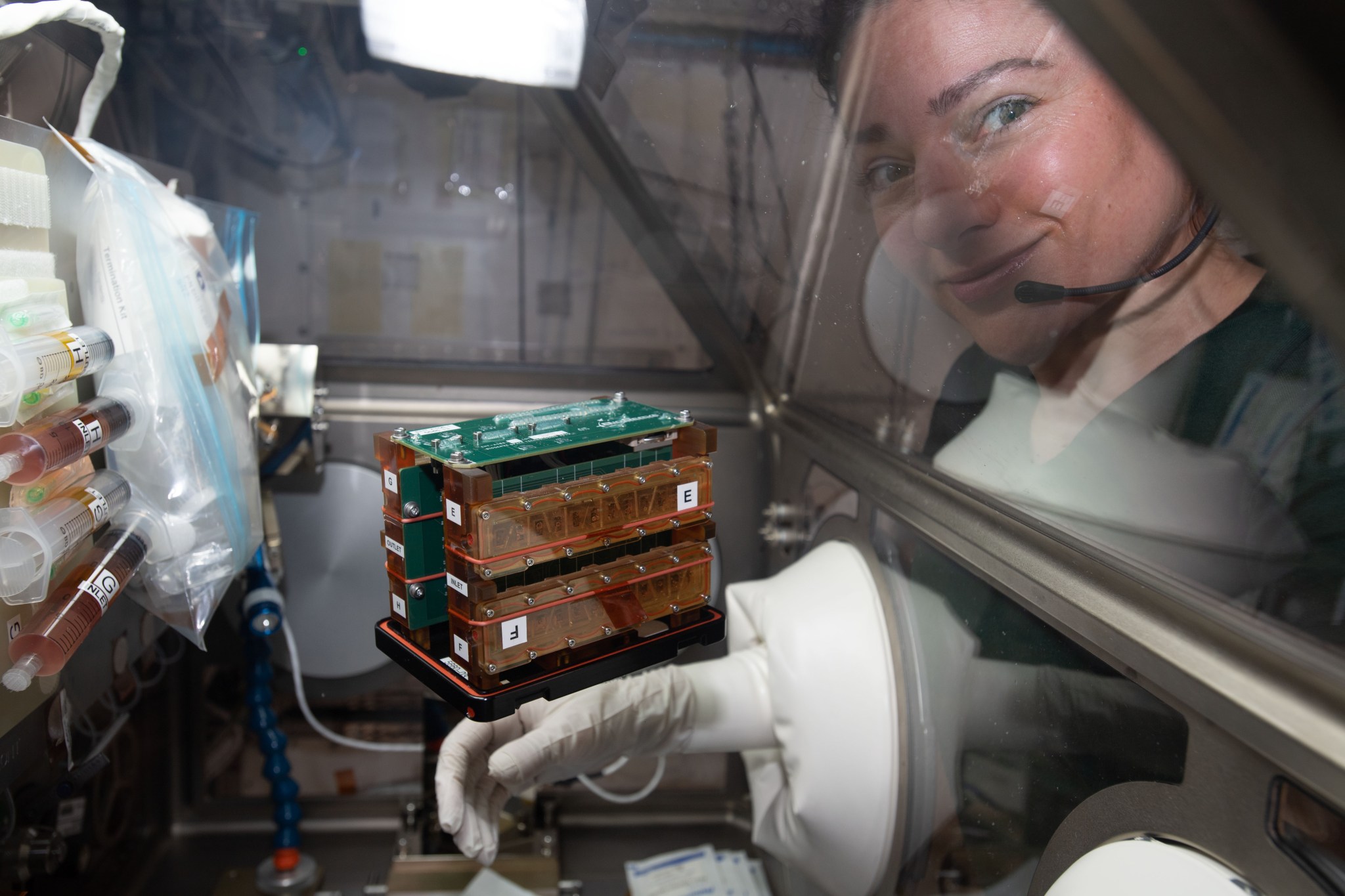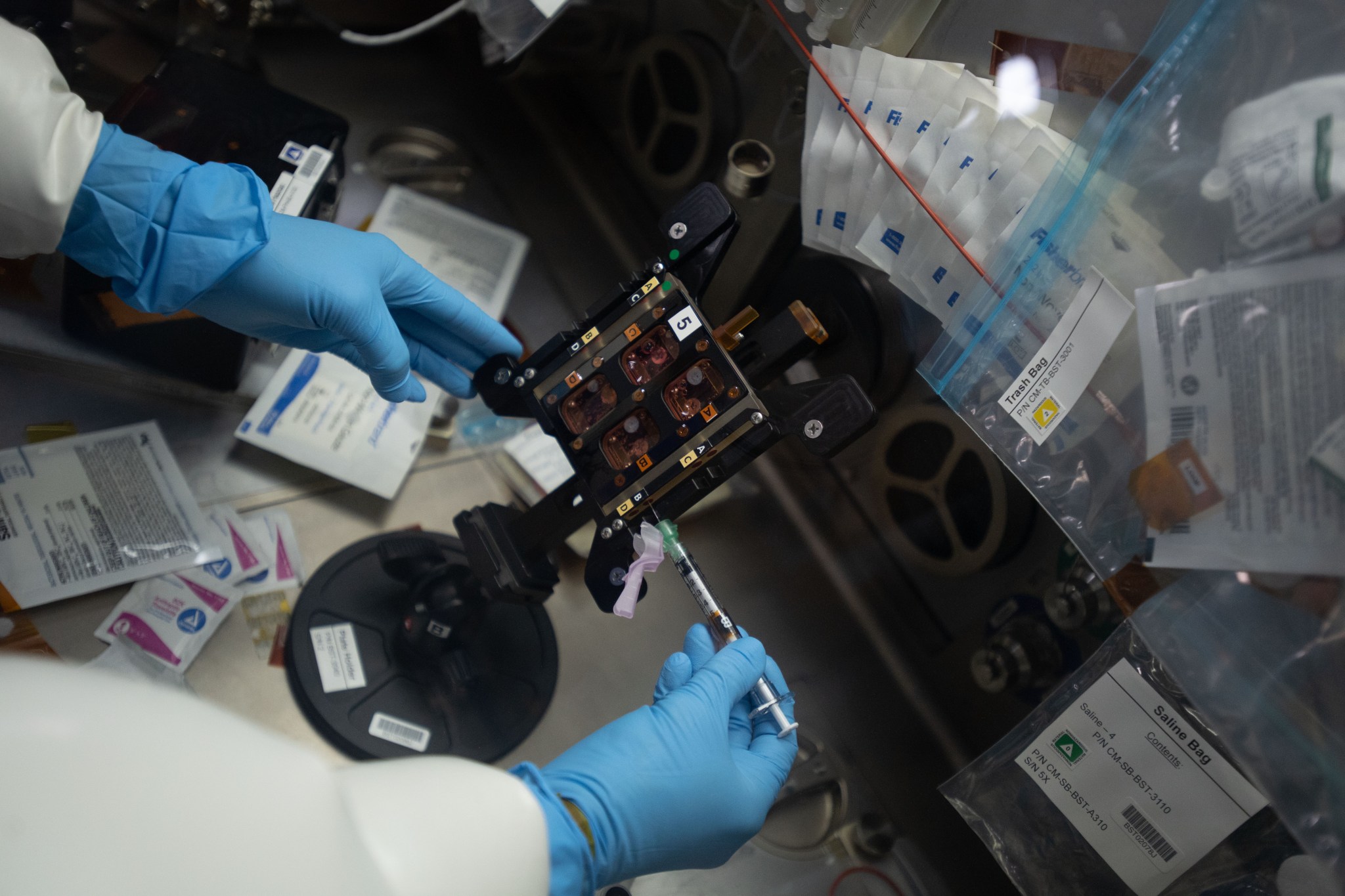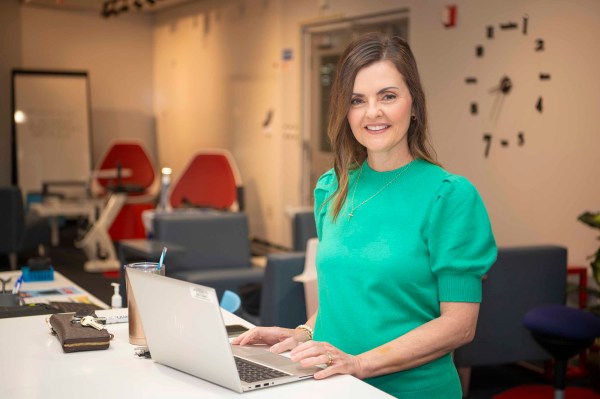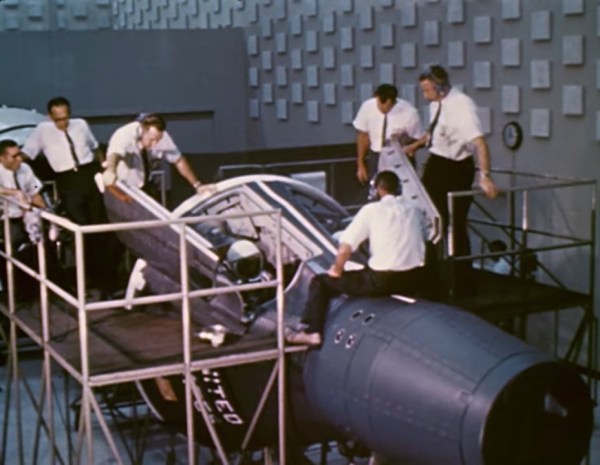Tissue Chips Accurately Model Organs in Space
The International Space Station offers a unique microgravity environment where cells outside the human body behave similarly to how they do inside the human body. Tissue chips are small devices containing living cells that mimic complex functions of specific human tissues and organs. Researchers can run experiments using tissue chips aboard space station to understand […]

The International Space Station offers a unique microgravity environment where cells outside the human body behave similarly to how they do inside the human body. Tissue chips are small devices containing living cells that mimic complex functions of specific human tissues and organs. Researchers can run experiments using tissue chips aboard space station to understand disease progression and provide faster and safer alternatives for preparing medicine for clinical trials.
Researchers placed engineered heart tissues on tissue chips sent to study how microgravity impacts cardiac functions in space. Data collected by the chips showed these heart tissues experienced impaired contractions, subcellular structural changes, and increased stress, which can lead to tissue damage and disease. Previous studies conducted on human subjects have displayed similar outcomes. In the future, engineered heart tissues could accurately model the effects of spaceflight on cardiac function.
Another investigation used muscle-on-a-chip technology to evaluate whether engineered muscle tissues can mimic the characteristics of reduced muscle regeneration in microgravity. Researchers found that engineered muscle-on-a-chip platforms are viable for studying muscle-related bioprocesses in space. In addition, samples treated with drugs known to stimulate muscle regeneration showed partial prevention of the effects of microgravity. These results demonstrate that muscle-on-chip can also be used to study and identify drugs that may prevent muscle decline in space and age-related muscle decline on Earth.
What's Your Reaction?



















.jpg?#)






































